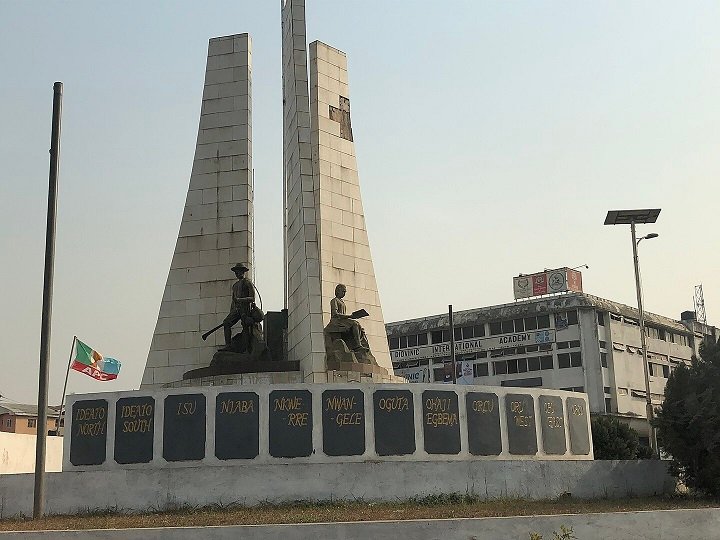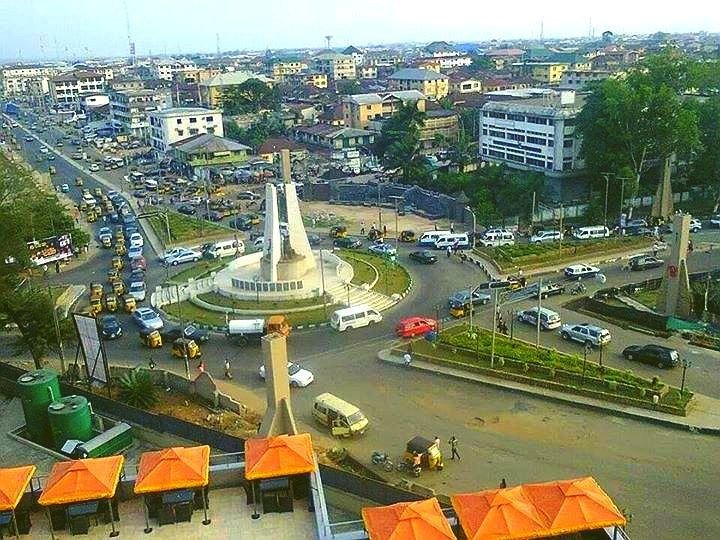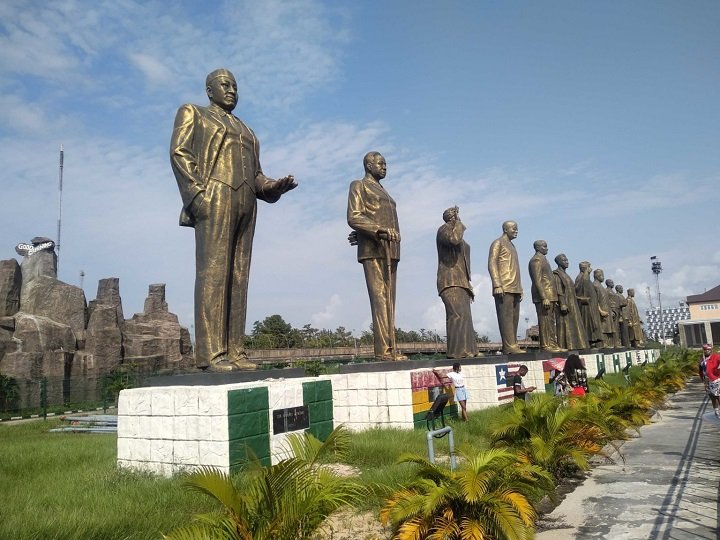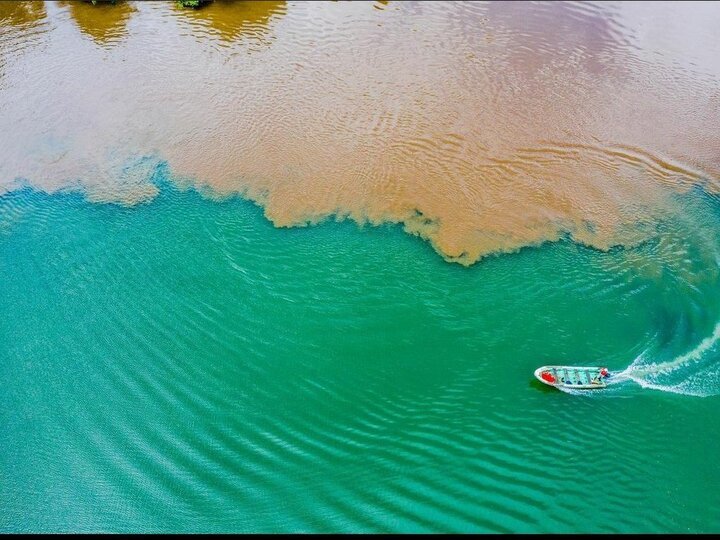Eastern Heartland
Imo State
Owerri
Imo State was created in 1976, under the leadership of the late military ruler of Nigeria, Murtala Muhammed, having been previously part of East-Central State. The state is named after the Imo River, which bears the name of a prominent Nigerian family who were the chiefs of Imo State before the ratification of a more formal government. Part of it was split off in 1991 as Abia State, and another part became Ebonyi State.
Imo State was created at Ngwoma, and the meetings for the state creation which began after the Nigerian Civil War ended in 1970 were chaired by Eze S. E. Onukogu.
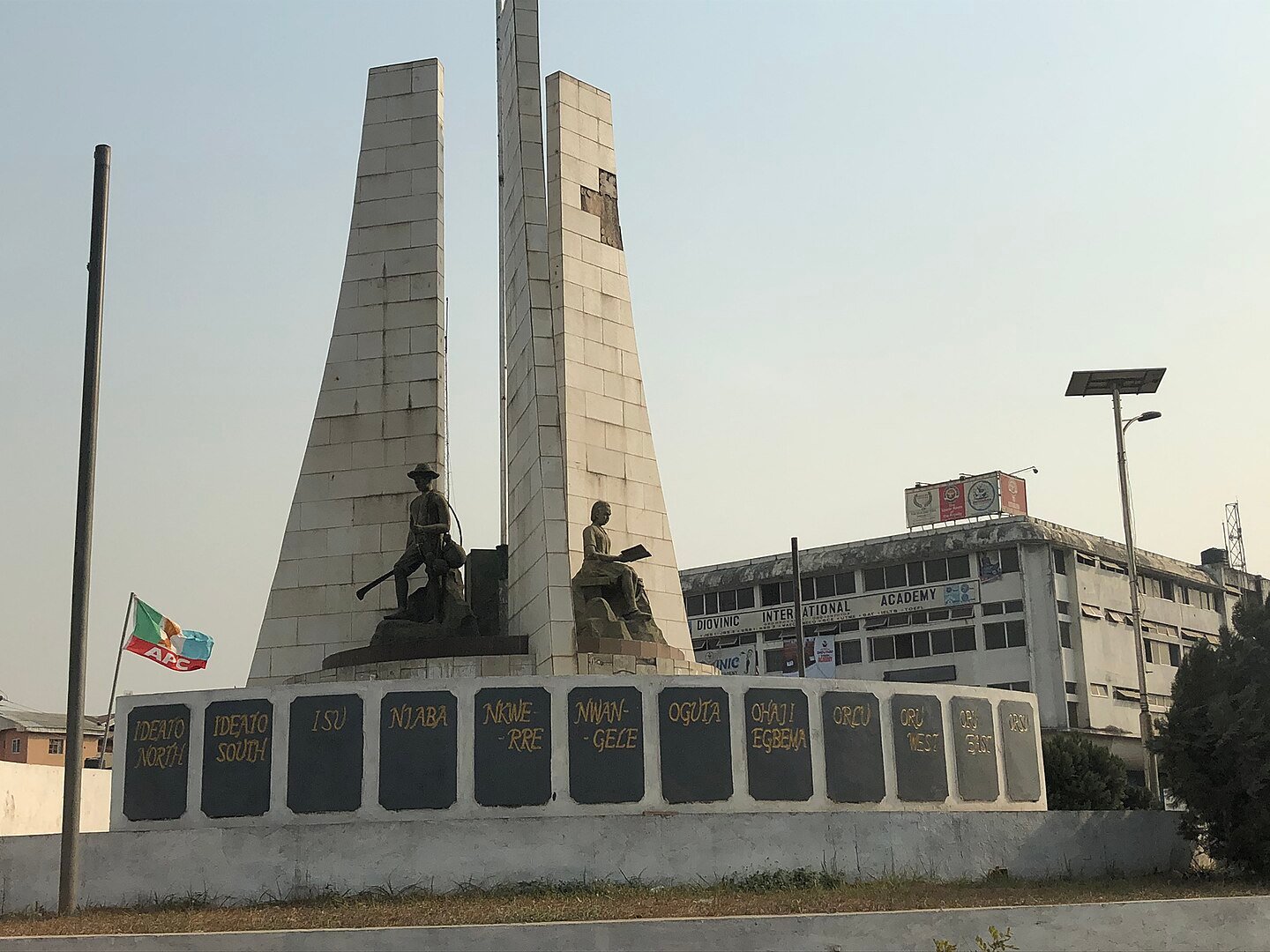


Some Facts
1
Economy
The State economy is highly dependent on agricultural production, especially the production of palm oil, which a majority of citizens rely on for cooking. A key minor industry is the extraction of crude oil and natural resources which includes, crude oil, natural gas, lead, Calcium Carbonate, solar and wind power, zinc. Profitable flora including iroko, mahogany, obeche, bamboo, rubber tree and oil palm. Additionally white clay, fine sand and limestone are also found in the State.
2
Geography
Imo State is bordered by Abia State on the East, River Niger and Delta State to the West, Anambra State on the North, and Rivers State to the South. The state lies within latitudes 4°45'N and 7°15'N, and longitude 6°50'E and 7°25'E, with an area of around 5,100 sq km. The state has over 4.8 million people, and the population density varies from 230 to 1,400 people per square kilometre. With its fast growing population and industrialization, Imo State has the joint-sixth highest Human Development Index in the Nigeria.
3
University and Colleges
There are several institutions of higher learning including both state and federal government run institutions such as: •Eastern Palm University, Ogboko, Ideato •Federal Polytechnic, Nekede •Federal University of Technology Owerri •Hezekiah University, Umudi •Imo State University, Owerri •Imo State Polytechnic, Umuagwo •Alvan Ikoku College of Education •University of Agriculture and Environmental Science, Umuagwo •Federal College of Land and Water Resources, Oforola
Five things to know about Oguta Lake, where two rivers meet without coming together.
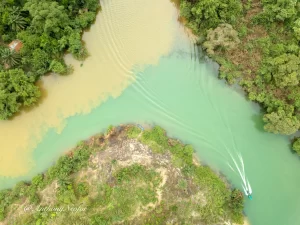
Oguta Lake is a lean ‘finger lake’ formed by deposits of clay, sand, and silt which dammed the lower Njaba river. Oguta Lake is located in Imo State, Nigeria; within the rainforests of Niger-Delta. The lake is about 8.05km long and 2.41 km wide, making it the largest natural lake in Imo State, and South-East Nigeria.
Here are five things we know about Oguta Lake.
1. Water flows into the lake mainly from the Njaba river and to a lesser degree, the Uju, Awbana and Urashi rivers.
2. Two of these rivers flow side-by-side, parallel to each other, without ever coming together. This is clearly seen on the surface of the lake. While one half of the lake flows in a shade of green, the other half is brownish in colour. It has existed this way for as long as anyone can remember.
3. The two rivers are thought by the natives to symbolize a man and his wife. Ogbuide, considered to be the female, is the green water, while Urashi, who is the male, is the brown water. According to accounts, the couple argued, and since then, their paths have diverged.
4. The lake is greatly respected, and it represents the Oguta man’s sense of dignity. It serves as their main source of water, and provides them with 80% of their protein. A total of 2,403 full-time and 154 part-time fishermen work in the lake.
5. Neighboring towns have become important commercial hubs of international trade, primarily for oil palm, due to the river route through Oguta Lake to the ocean, going through Awo-omamma, Mgbidi, Oguta, Ndoni, Abonnema, and Degema.
This green and brown lake continues to astonish tourists globally as there is none like it. The lake has attracted tourists around the world to admire and gaze at its wonder as well as listen to the folktales surrounding its existence.
